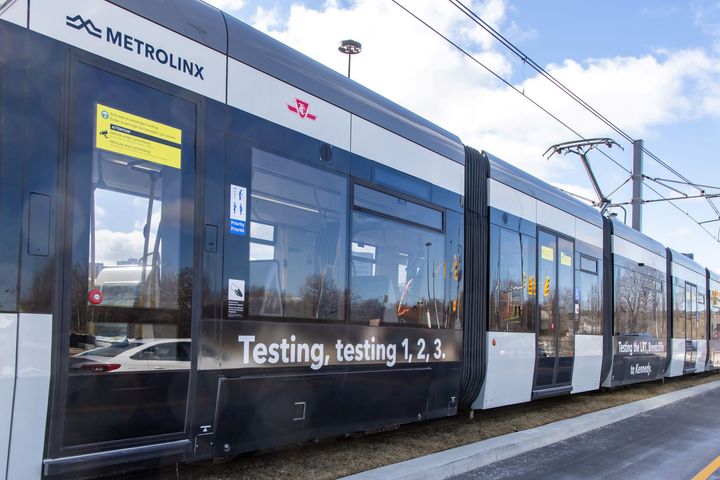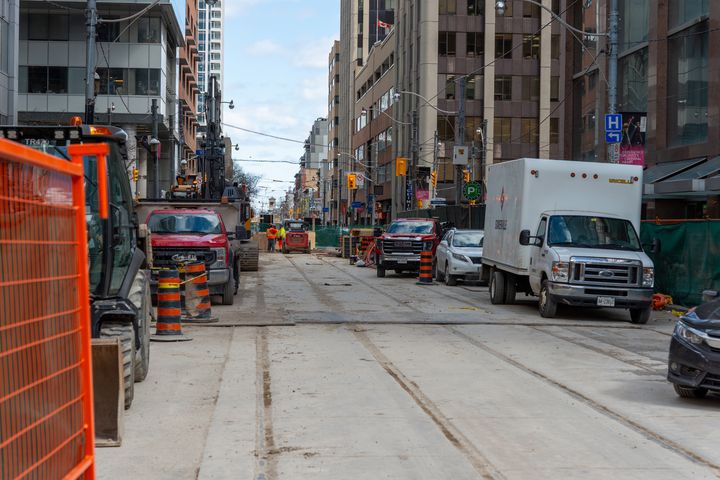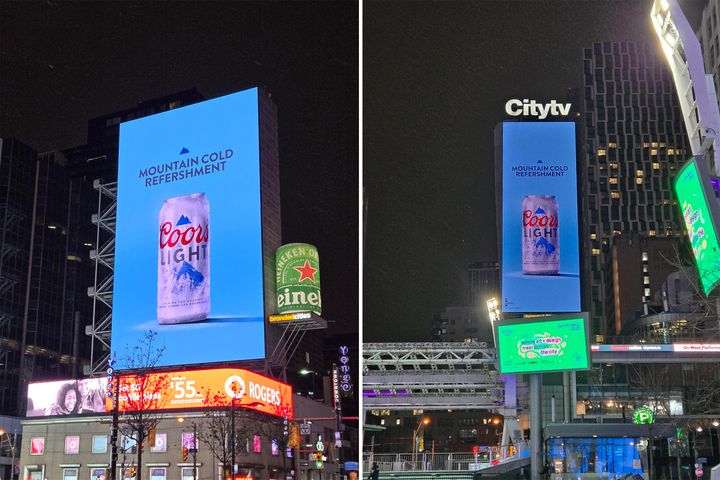People are very suspicious about sudden closure of Ontario Science Centre
In a shocking move on Friday, the Ford government announced that the Raymond Moriyama-designed Ontario Science Centre would be closing "effectively immediately" due to structural issues that were found during a recent engineering report.
The abrupt closure — first reported by the Star — comes just after Premier Doug Ford's polarizing decision to move the 55-year-old science museum to Ontario Place as part of the revitalization of the waterfront site.
Something smells fishy https://t.co/5w7BVGDjaI
— Anthony Farnell (@AnthonyFarnell) June 21, 2024
Reactions to the bombshell news were mixed, with some pointing fingers at the Ford government and accusing them of overlooking the aging building's structural issues to make the move down to Ontario Place easier.
Despite this, engineering firm Rimkus Consulting Group's 52-page report found that the 1969 building is "at risk of potential roof panel failure," and while it's not unsafe right now, snow buildup in the winter could exacerbate its structural issues.
Too convenient dont buy this at all
— SAM (she/her) (@SFTYGAL) June 21, 2024
"The actions taken today will protect the health and safety of visitors and staff at the Ontario Science Centre while supporting its eventual reopening in a new, state-of-the-art facility," said Kinga Surma, the province's minister of infrastructure.
If I were to write this plot point in a script my editor would remove it for making the government sound "too corrupt" https://t.co/Lf1j1FyNQy
— Clare Blackwood (@clareblackwood) June 21, 2024
"In the meantime, we are making every effort to avoid disruption to the public and help the Ontario Science Centre continue delivering on its mandate through an interim facility, as well as alternative programming options."
They are just looting the province out from under us. https://t.co/D1T53YrzEY
— Asher Mercer (@urban_asher) June 21, 2024
In its report, the engineering firm recommended that some roof panels be replaced with steel decking, which would cost approximately $22 million to $40 million and take over two years to complete.
Gates are being installed to close the Ontario Science Centre while school kids are still inside enjoying it!@fordnation spent $1 million on a business case and he didn't know there was a roof problem?!?
— Save Ontario's Science Centre (@SaveOSC) June 21, 2024
Sign the Letter: https://t.co/b9wFFdun2t pic.twitter.com/rttsBsXoku
"The latest engineering assessment shows that the roof structure in parts of the facility was built using construction materials and systems that are now outdated and that certain roof panels are deteriorating," the news release continues.
The very first thing I would do is find out the name of the lead engineer and start cross-referencing him with the Ford family.
— Q. Anthony Ali (@NobleQAli) June 21, 2024
But that’s just me. I’m not a reporter.
Roughly 250 workers, including 200 unionized OPSEU members, will be affected by the museum's closure but will not be losing their jobs. The province also plans to reimburse all parents who registered their children at the museum's camps throughout the summer.
Shame on this Ford government who have refused to make necessary repairs to the Ontario Science Centre! A summer without the Ontario Science Centre is completely on them. #topoli #onpoli https://t.co/rsjC4laLB6
— Norm Di Pasquale (@normsworld) June 21, 2024
"The province has also identified a nearby school that will house similar programming as an alternative location for summer camps free of charge for previously registered campers," the news release read.
The Ford government announced that the construction of the new Ontario Science Centre at Ontario Place would start in 2025 and could welcome visitors as soon as 2028.
Brett Zimmerman/Shutterstock
Latest Videos
Latest Videos
Join the conversation Load comments







